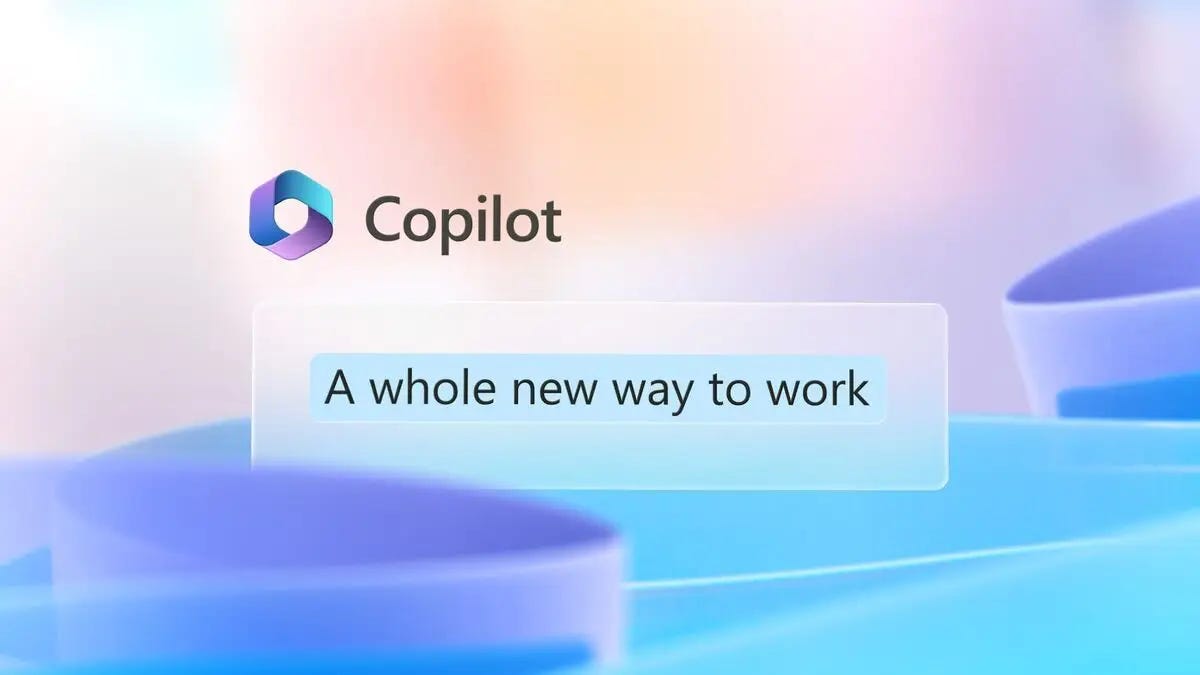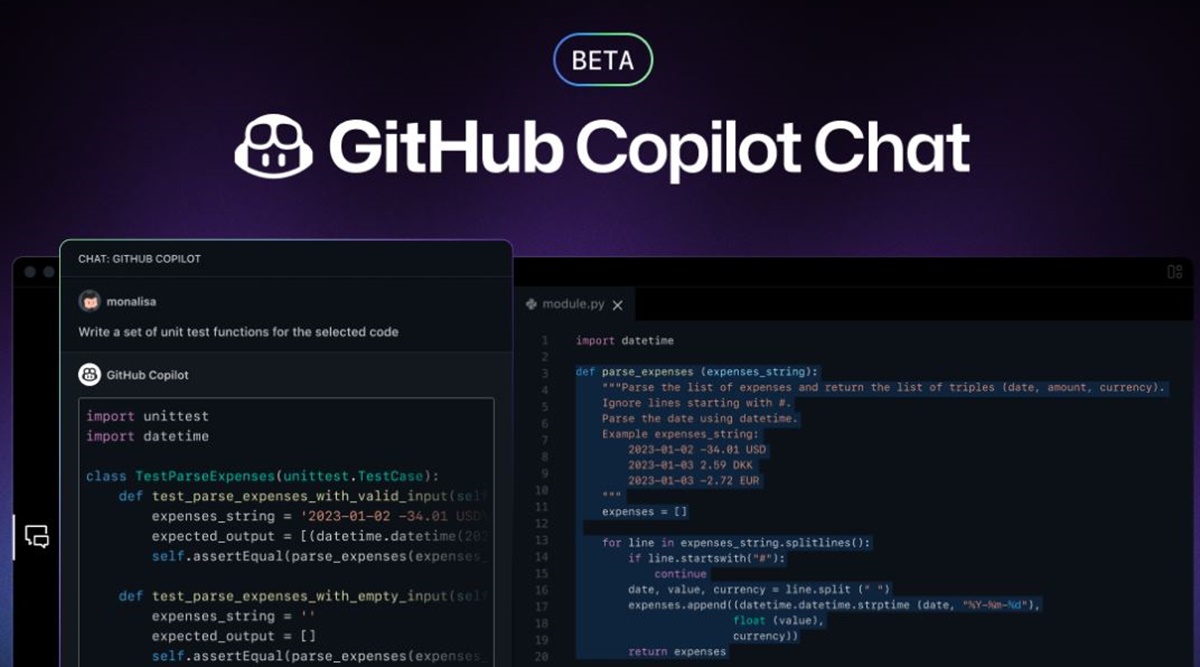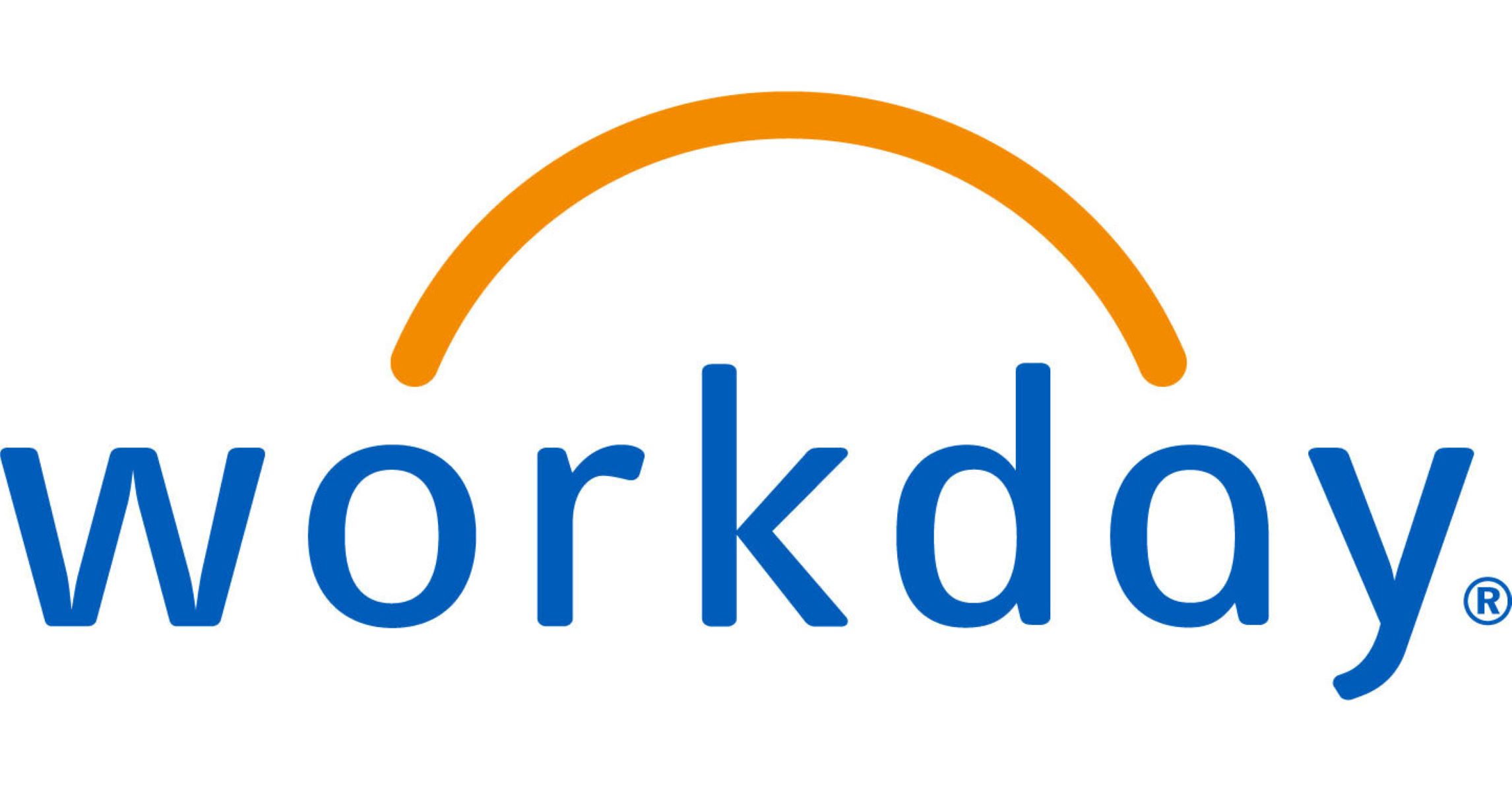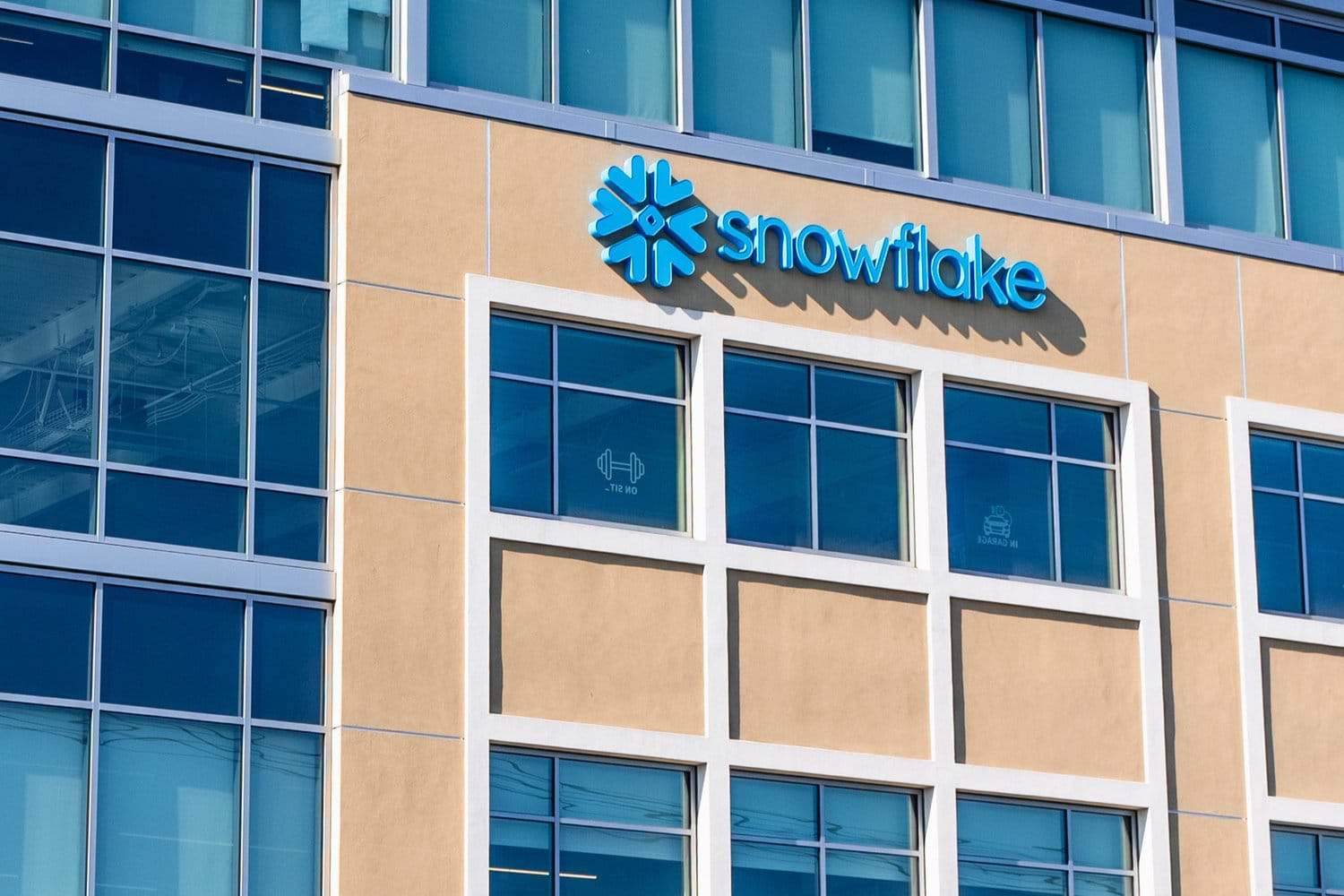The world of artificial intelligence (AI) has been revolutionized by the emergence of generative AI, and businesses are now eager to explore its potential. Companies across various sectors are increasingly looking for ways to leverage generative AI technologies to improve internal efficiency, productivity, and to deliver better products and services to their customers. One of the most popular applications of generative AI is in the development of conversational interfaces, such as chatbots, copilots, and assistants. These AI-driven assistants are designed to make software more approachable and powerful, and their capabilities are expanding rapidly.
Key Takeaway
When developing a generative AI copilot for business, it is important to start small and focus on solving a single task exceptionally well. Choosing between open and closed models requires careful consideration of scalability, stability, sensitivity, security, and speed. While open source models may not match closed models in published benchmarks, they have the advantage of being more adaptable to real-world applications.
Starting Small
When it comes to developing a generative AI copilot, it is crucial to start small and focus on solving a single task exceptionally well. The idea is to scope down the problem and learn along the way, rather than attempting to solve every task at once and risking falling short of user expectations. By starting with a well-scoped, high-value task, developers can gain valuable insights into various aspects of copilot development, such as LLM (Large Language Model) development, model selection, training data generation, retrieval augmented generation, and user experience design.
LLM Development: Choosing Open or Closed Models
When it comes to the development of high-performance LLMs, developers face a decision between open and closed models. OpenAI’s GPT-4 has been leading the way in terms of performance, but competitors like Anthropic and Google are determined to catch up. While open source models show promise, they have yet to achieve competitive performance in text generation tasks compared to closed models.
However, the open source community has made significant strides in improving performance while reducing costs and latency. Models like LLaMA and Mistral offer powerful foundations for innovation, and major cloud providers like Amazon, Google, and Microsoft are embracing a multi-vendor approach that includes support for and amplification of open source models.
Although open source models may not match closed models in published benchmarks, they have surpassed them in the trade-offs that developers must consider when bringing a product into the real world. To make the right choice between open and closed models, developers can consider the 5 S’s of Model Selection:
- Scalability: How well does the model scale with increasing data and computational resources?
- Stability: How consistent is the model’s performance over time and across different contexts?
- Sensitivity: How sensitive is the model to slight changes in input and output?
- Security: How secure is the model in terms of protecting data and preventing adversarial attacks?
- Speed: How quickly can the model generate responses?
As generative AI continues to advance and businesses explore its potential, the development of high-quality copilots will play a crucial role in delivering better user experiences and driving innovation across industries.

























